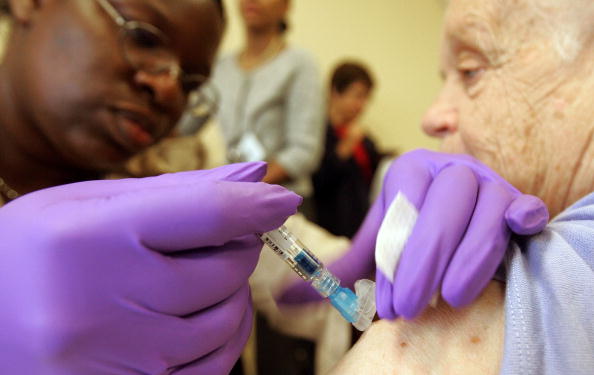
People who are allergic to or who are sensitive to natural rubber latex must use latex-free versions of things like medical gloves. But manufacturers cannot guarantee that their products are in fact latex free because there are no tests that can show if a product is completely free of latex. Without such a test, there is no way to verify any claim to being free of latex,
Because of this, the U.S. Food and Drug Administration is now requiring that makers of items such as medical gloves and condoms stop using "latex-free" or "does not contain latex" on their labels. Instead, the labeling should state "not made with natural rubber latex."
Natural rubber latex is made from the sap of the rubber tree. It is used in dozens of products used in hospitals, including adhesive bandages, medical gloves, catheters, condoms, and tubing.
People can become sensitized or allergic to natural rubber latex. They can have symptoms such as red skin, itching, a rash, or hives when they come into contact with latex. Serious symptoms of an allergic reaction to latex include wheezing, difficulty breathing, and even death.
The more often someone uses latex products, the more likely sensitivity will build up. This is why anyone who uses latex gloves frequently is at greater risk. Between 8% and 12% of healthcare workers are sensitive to latex.
The National Institute for Occupational Safety and Health and the Occupational Safety and Health Administration recommend that anyone with a latex sensitivity should use nonlatex gloves whenever possible.
If you use natural rubber latex gloves, use powder-free gloves. Latex proteins can become attached to the powder in the gloves. When gloves are removed, the powder becomes airborne and can be inhaled, which is another form of exposure.
Do not use oil-based lotions since they can cause latex gloves to deteriorate.
After use, wash your hands with a mild soap and dry them thoroughly.
If you have a natural rubber latex allergy, make sure your physician, dentist, nurses and employer know this.
